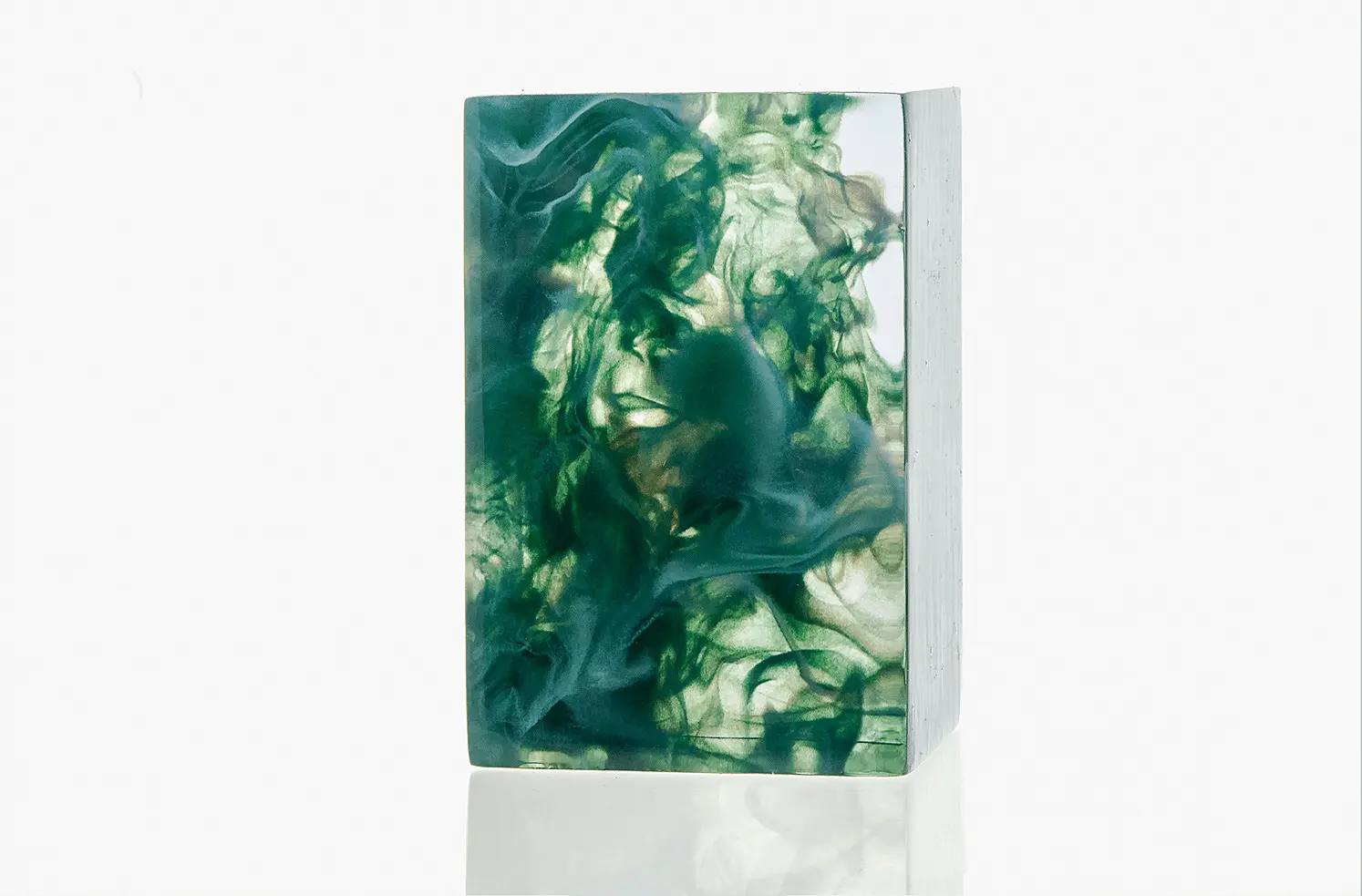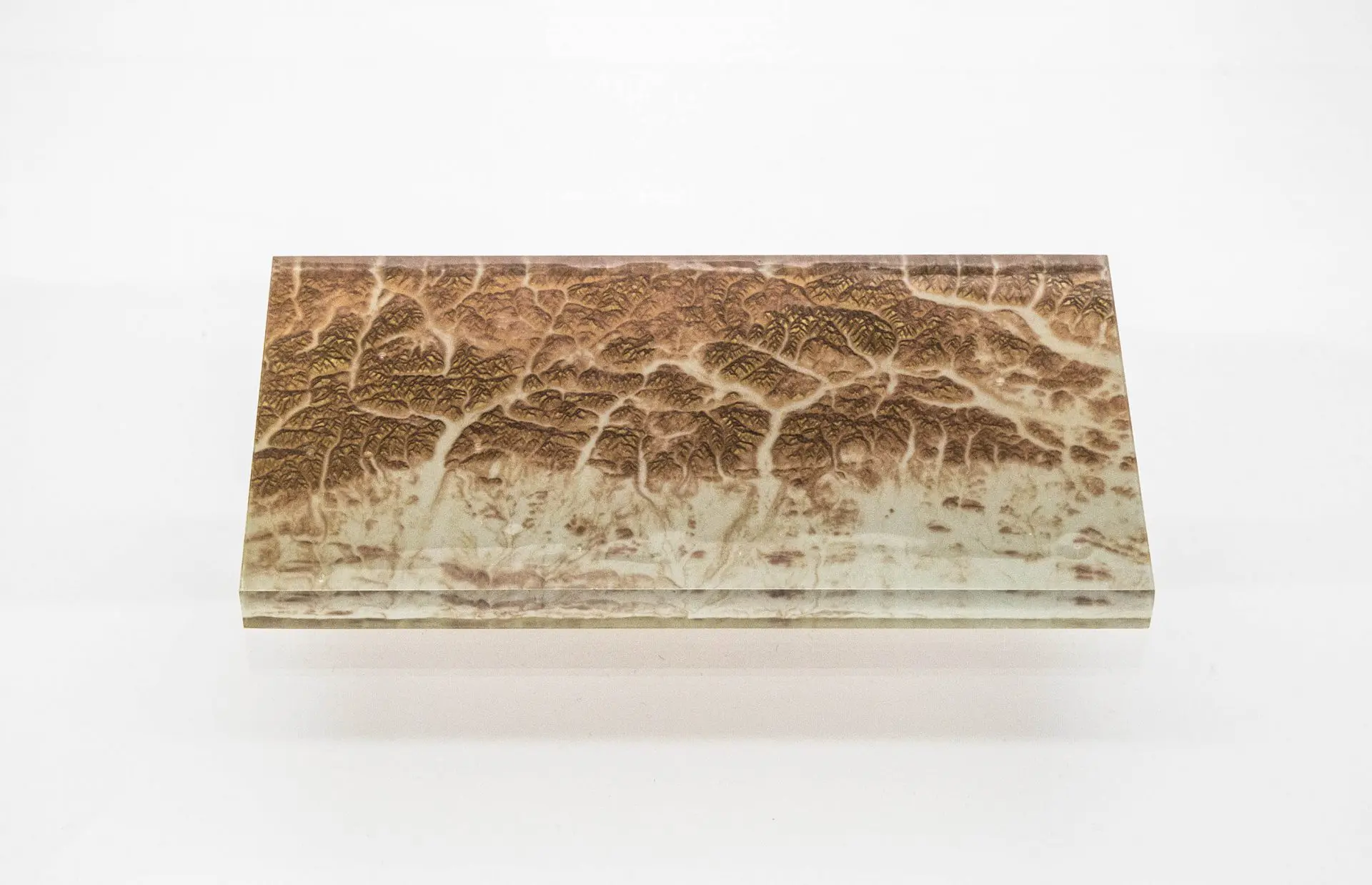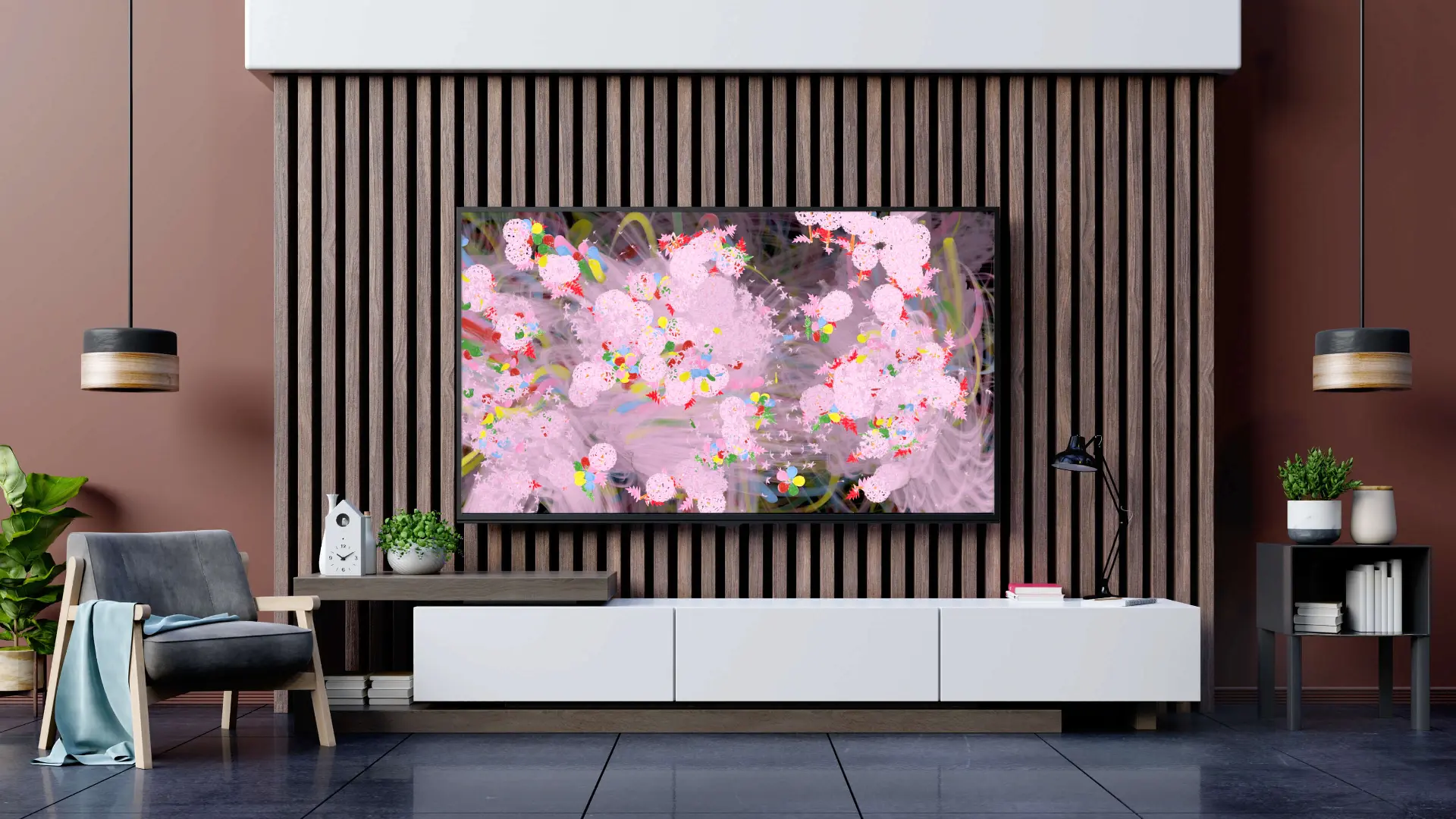MIT Media Lab creates data-sculptures with multi-layered 3D printing
Building on existing additive manufacturing technologies, Making Data Matter offers a novel process that opens up new possibilities for presenting data in tangible form

Until now, 3D data sets have typically been shown using two-dimensional methods, and either printed or displayed on screens. Making Data Matter is not about conceiving and designing new forms, but focuses on finding better ways to transform these existing data sets into visual form.
We are talking about Making Data Matter to harness 3D printing technologies for the physicalization of scientific data sets commonly associated with scientific imaging.
Through this process, biological data like MRIs and geospatial data obtained using photogrammetry methods can be presented in ways that give the viewer more useful insights. The manifestation of data into such material forms has been coined either ‘data physicalization’ or ‘physical visualization’.
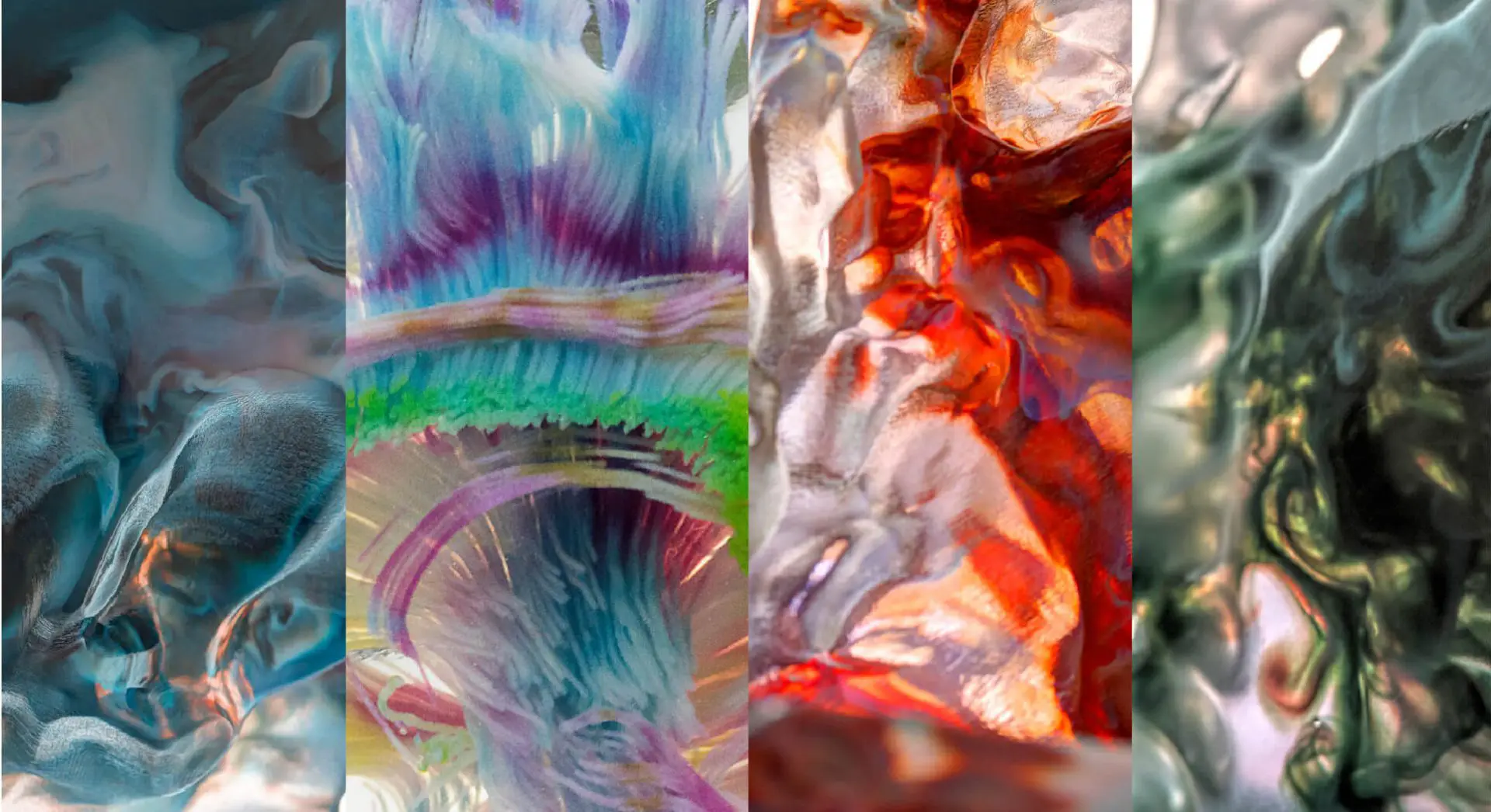
The minds behind Making Data Matter – Mediated Matter research group and deskriptiv
The processes in Making Data Matter come out of work in the Mediated Matter research group at the MIT Media Lab. It is a progressive and innovative group which focuses on digital fabrication, computational design, materials science and synthetic biology.
Research is aimed at the creation of novel technologies informed by nature and biological processes, and applied across diverse fields from architecture and construction, to product design and fashion.
Two of the key investigators of Making Data Matter, Christoph Bader and Dominik Kolb, have worked together as deskriptiv since 2010. Both completed their M.Sc. Media Arts and Sciences at MIT in 2017. Their work focuses on generative processes, specifically those which produce shapes. Bader is now a PhD candidate at MIT.
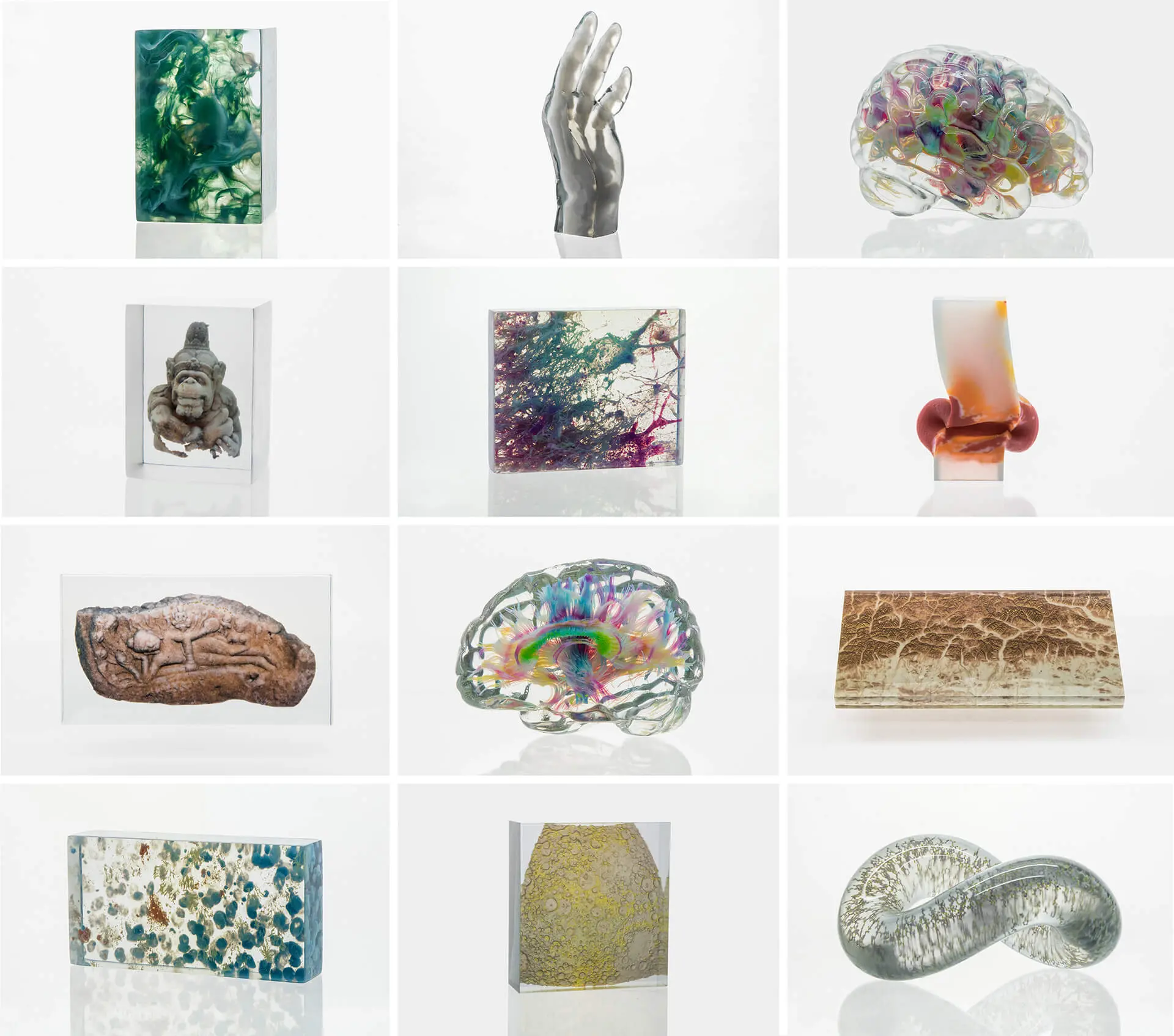
Several other researchers are also credited with working on the project, including Associate Professor Neri Oxman, the founder, and director of the Mediated Matter research group. Oxman’s work in generative design is widely recognized and it has attracted numerous awards.
Previous work completed by the Mediated Matter research group includes a distinctive series of masks for Icelandic singer Björk, called Rottlace. The masks investigated the idea of ‘a face without skin’, and were heavily informed by the musculoskeletal system and how it attenuates human vocals. Other series of exhibited projects informed by biology are Wanderers and Vespers.

Materials & Techniques – Multi-material 3D printing with photopolymers
Making Data Matter harnesses the capabilities of multi-material 3D printing, which is often employed commercially for prototyping and manufacturing products with complex geometries. Stratasys is one company making such 3D printers and several models in this project were completed with their machines.
The models are made of light-activated resins called photopolymers. Each model is built up in fine layers of resin which are constructed and hardened one layer at a time by a UV laser. Vibrant full-color models are produced by using several colors of resin in a manner reminiscent of traditional 2D printing.
Cyan, magenta, yellow, black, white, and transparent resins are combined in various proportions to create very detailed and nuanced pieces with varying transparencies.
The detail, transparency, and sophisticated use of color all make this a significant advance on previous visualization methods, such as crystal laser engraving or powder-based 3D printing processes. Its physicality also fundamentally separates it from immersive experiences which are being created through virtual reality and augmented reality technologies.
Style & Aesthetics – Complex suspended data sculptures
The resulting models are beautiful plastic resin pieces that show ‘opaque data’ suspended within a transparent block. Some are simply a rectangular form with straight sides, like a chunk of data has been isolated from a larger object.
Others take on a shape which is representative of the original data container they come from—a human brain or a hand for example.
It is the ability to see and manipulate a physical visualization which is the key appeal of the process. Information can be more intuitively comprehended as our visual-spatial abilities kick in.
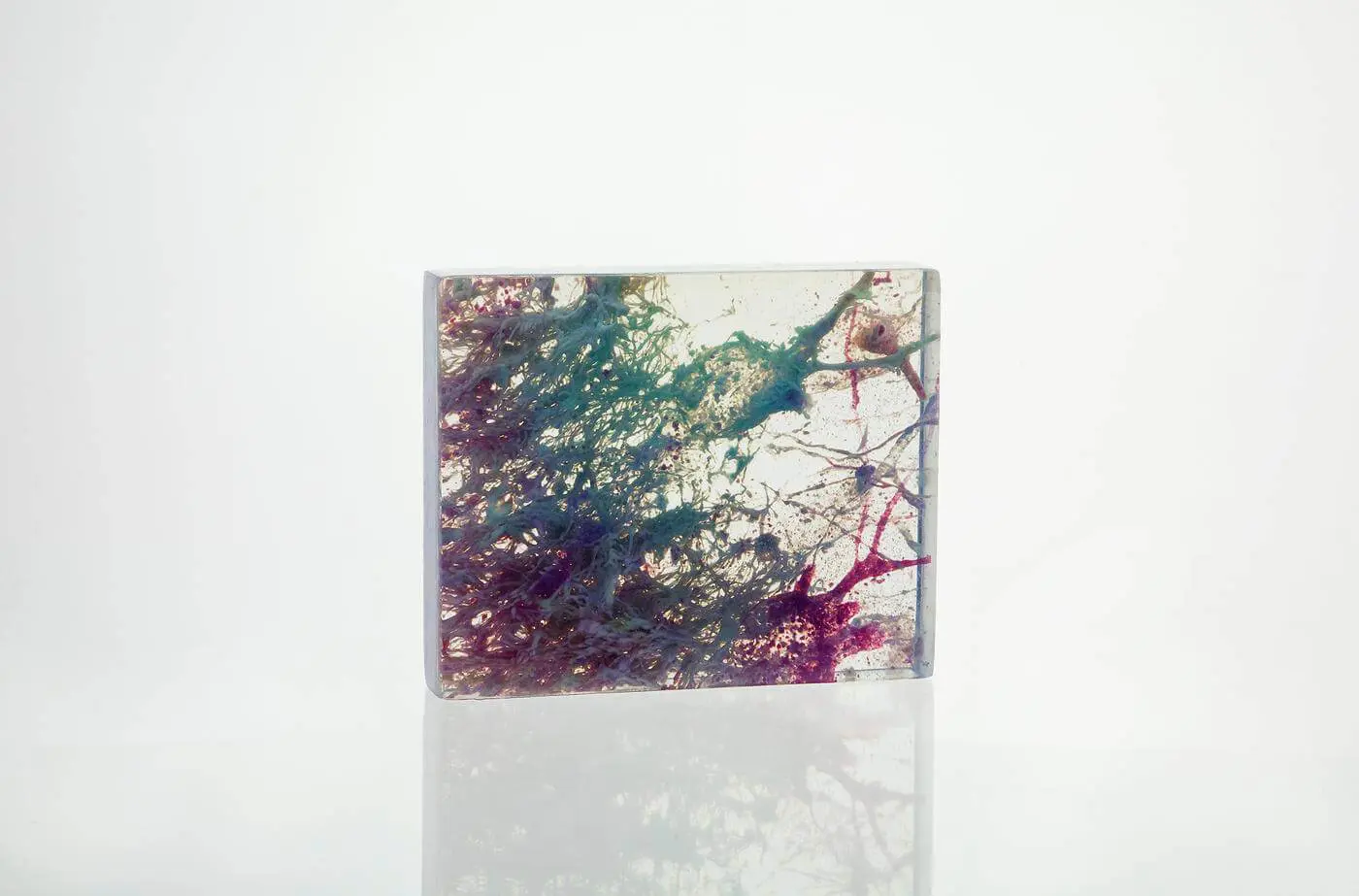
High-resolution 3D printing defined by voxels
A voxel is basically the 3D equivalent of a pixel. In the same way that a higher number of pixels in a 2D image produce a more detailed image, the more voxels the better quality model you can print. The researchers note that commercially available multi-material 3D printers can have “929 billion individually addressable material droplet positions, or voxels”.
At each voxel, a precise mix of materials and colors can be defined and laid down by the printer. The method has been used to produce complex high-resolution models of things like anatomy, but only recently utilized for data visualization.
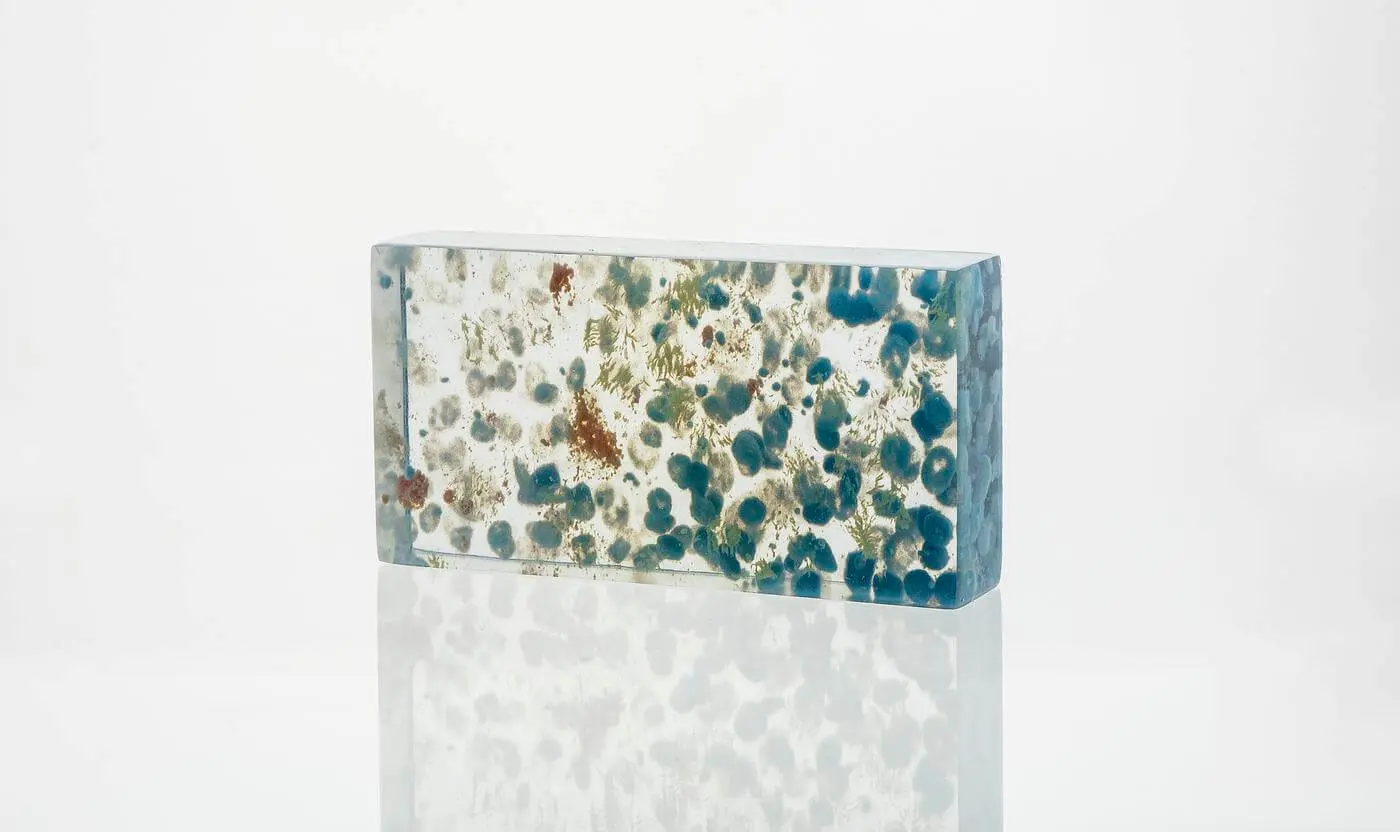
Design Memento – Rethink the workflow
Making Data Matter rejects the established 3D printing workflow which is defined by polygon surfaces and discrete materiality. Instead, it creates a means to interface directly with the printing capabilities of the multi-material machines.
By utilizing voxels and delivering data in the printer’s native resolution, it avoids the need to post-process data—something which can cause alterations and loss of information. The researchers explain, that “by converting data sets into dithered material deposition descriptions, through modifications to rasterization processes, we demonstrate that data sets frequently visualized on screen can be converted into physical, materially heterogeneous objects”.
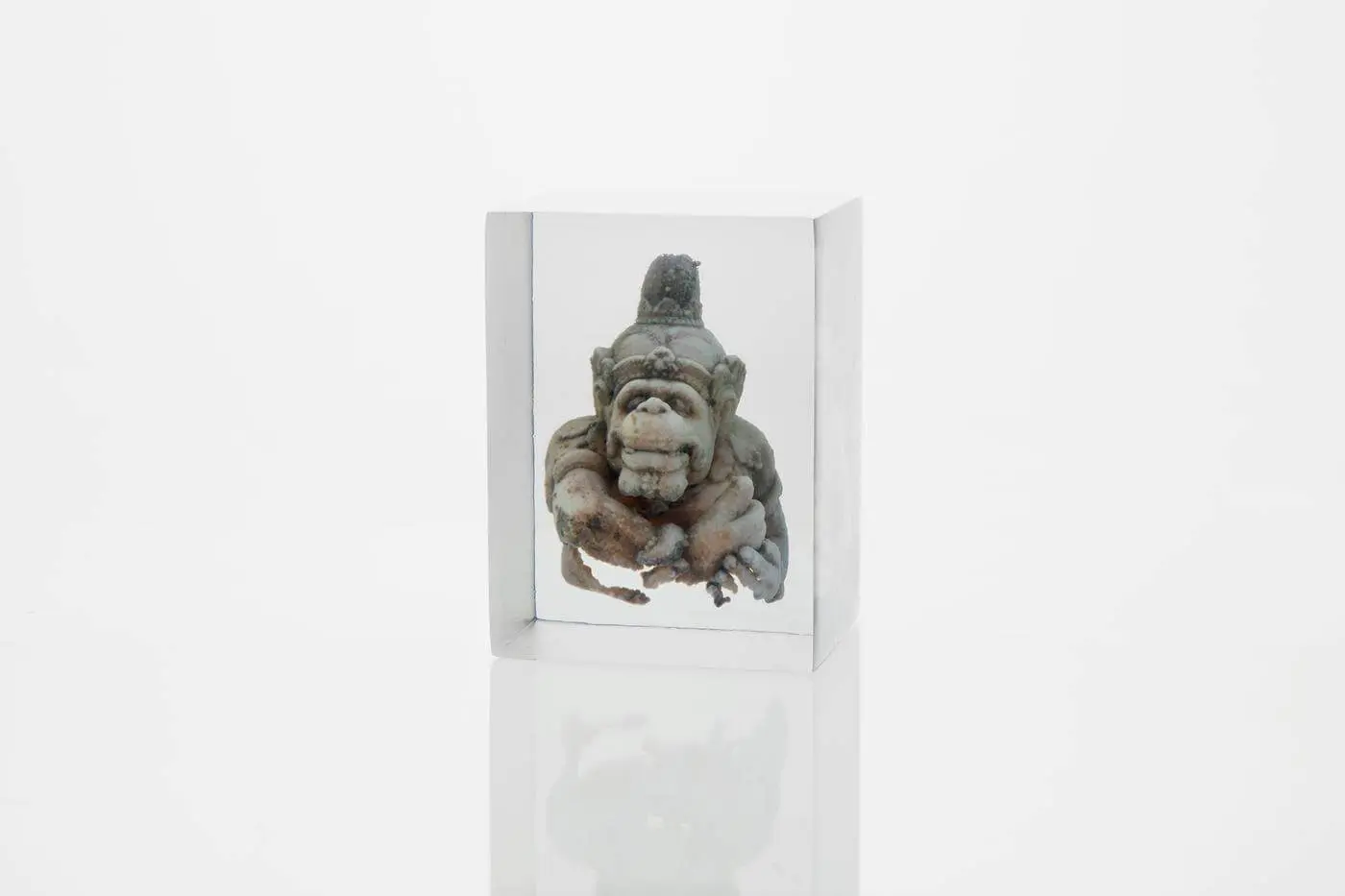
The method is ideally suited to visualize discontinuous data sets. That is, point clouds and data which don’t sit neatly together as a ‘single object’ but are instead an array of discrete points that need to be understood through the spatial relationships between each other.
The Writer’s Comment – New possibilities for data engagement
As an area of research, data physicalization is still an emerging field. It is set to encourage cross-disciplinary interactions and support work in education, communication, problem-solving and decision making.
The name of this project perhaps forms a succinct expression of the crux of the discipline as a whole—it is about finding ways of ‘Making Data Matter’.
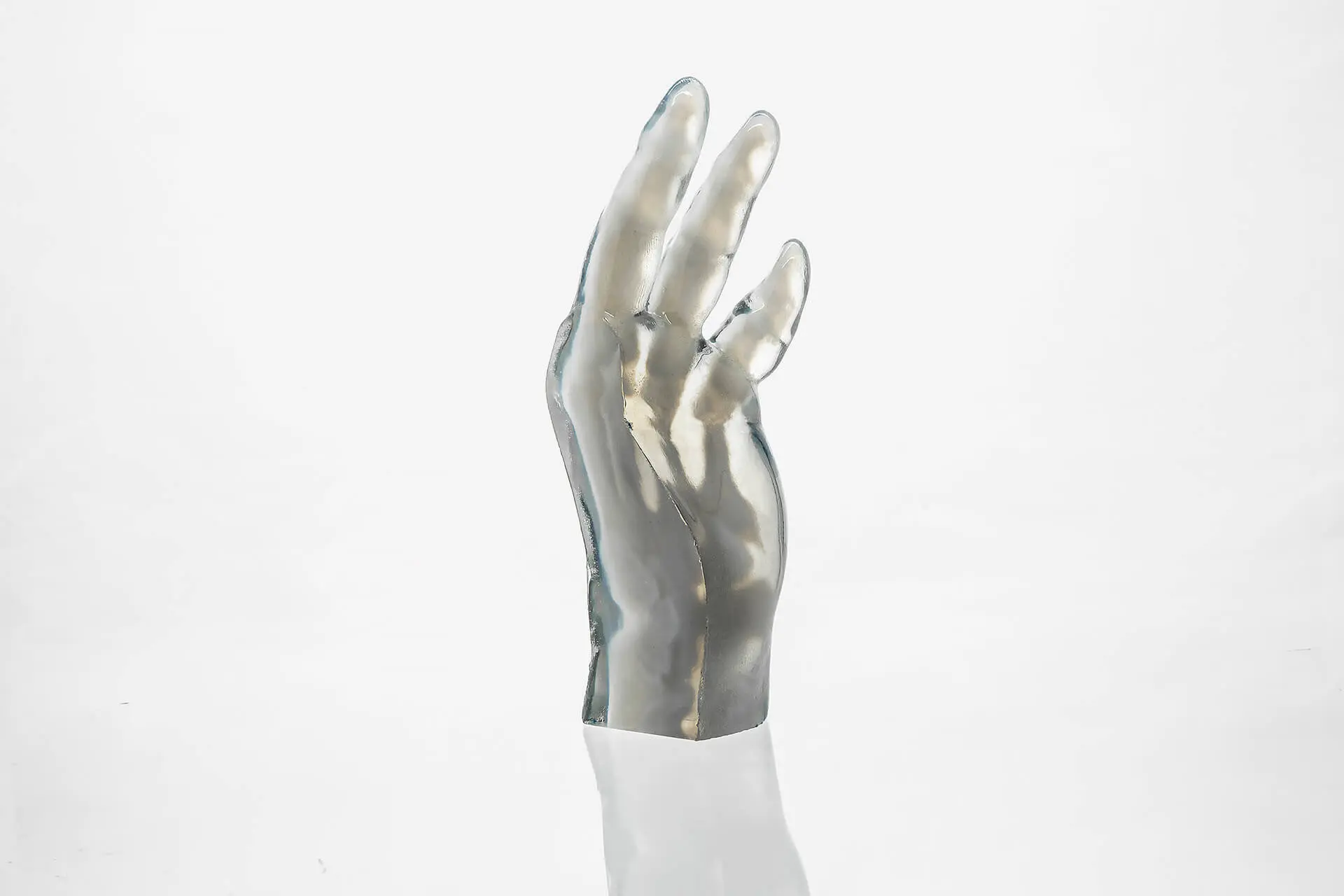
The possibilities for different kinds of data sets to be physicalized in a more accurate and engaging way than ever before is what makes Making Data Matter such fascinating research. Ultimately, data matters more to people when they can see and understand it.



